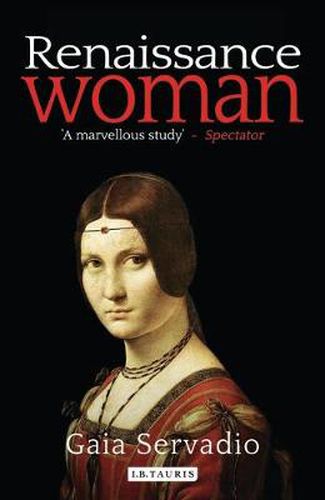Readings Newsletter
Become a Readings Member to make your shopping experience even easier.
Sign in or sign up for free!
You’re not far away from qualifying for FREE standard shipping within Australia
You’ve qualified for FREE standard shipping within Australia
The cart is loading…






The Renaissance created a new vision of womanhood and indeed a New Woman , proposes Gaia Servadio. Central to her theory are the lives of women like Vittoria Colonna, lover of Michelangelo, Tullia d'Aragona, the best known courtesan of her age, and the French poet Louise Labe, who fought in battle in male clothing. Servadio follows these women through the rise - and fall - of the Renaissance in Italy and France, moving northwards to the Low Countries, and, in the person of Elizabeth I, to England. They are placed centre stage to the Renaissance’s power plays and wars, paintings and architecture, courtesans and popes, music and manners, fashion, food, cosmetics, changing societies, and the language of poetry and symbols. Renaissance Women tells the story of an age when women became more masculine and men more feminine.
$9.00 standard shipping within Australia
FREE standard shipping within Australia for orders over $100.00
Express & International shipping calculated at checkout
The Renaissance created a new vision of womanhood and indeed a New Woman , proposes Gaia Servadio. Central to her theory are the lives of women like Vittoria Colonna, lover of Michelangelo, Tullia d'Aragona, the best known courtesan of her age, and the French poet Louise Labe, who fought in battle in male clothing. Servadio follows these women through the rise - and fall - of the Renaissance in Italy and France, moving northwards to the Low Countries, and, in the person of Elizabeth I, to England. They are placed centre stage to the Renaissance’s power plays and wars, paintings and architecture, courtesans and popes, music and manners, fashion, food, cosmetics, changing societies, and the language of poetry and symbols. Renaissance Women tells the story of an age when women became more masculine and men more feminine.